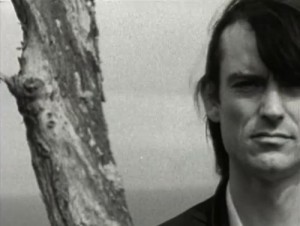 So, it turns out this video is all about Graeme Downe’s long raven tresses, which indeed are hanging by strands.
So, it turns out this video is all about Graeme Downe’s long raven tresses, which indeed are hanging by strands.
We meet Graeme Downes wandering around a bleak coastal landscape and he has a ponytail, a long raven ponytail down to his waist. I believe that everyone should experience long hair at least once in their life (I did it when I was 12-13), so I fully support Graeme in his hairstyle choice. I also note that he has opted for a floppy fringe, which will avoid him looking like Neil from the Young Ones when he wears it down.
And he does wear it down, with the long hair dramatically blowing in the sea breeze. It makes me wonder, did he grow his hair especially so it would look cool in a music video?
There’s some live footage, where the hair is all up in Graeme’s face as he leans over to the microphone. But let’s not dwell on that.
Let’s admire the romantic Graeme wandering by the sea, low ponytail flicked to the side, over the shoulder of his white shirt. He absentmindedly plays with a piece of grass, making it all seem like he’s biding time until his heroine comes along on a white horse.
The video finishes with more of the live footage. Graeme’s hair is sweaty and sticks to his face and the audience are enjoying the show. Perhaps after the show he’ll break out the Pantene and return to the coast for a natural blow-dry.
Best bit: the zoom-out showing Graeme alone on the barren coast.
Note: Check out the header graphic before the video starts – it shows the video came from the New Zealand Music Video Awards. They were an annual competition in the ’90s, honouring the best of New Zealand music videos.
Director: Jason Kerr
Ngā Taonga Sound & Vision
Next… a wander down K Road.
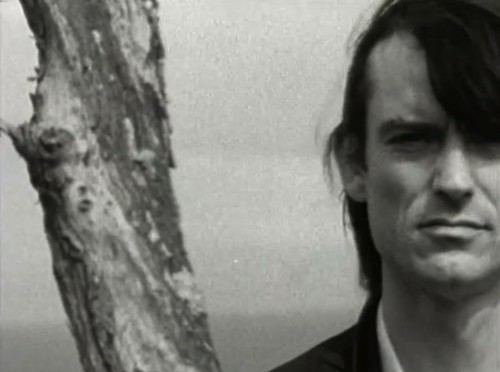
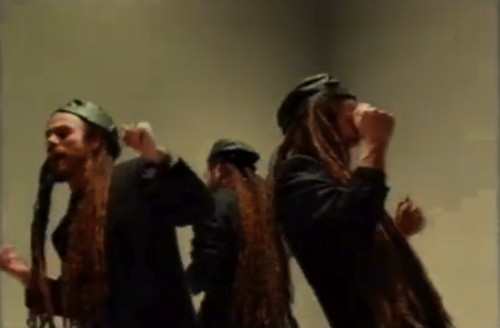
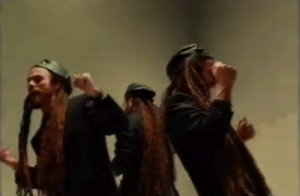 Despite its Bob Marley sounding title, “One Love” is an upbeat funk/soul-inspired number with an absolute killer chorus and started as a Supergroove remix.
Despite its Bob Marley sounding title, “One Love” is an upbeat funk/soul-inspired number with an absolute killer chorus and started as a Supergroove remix.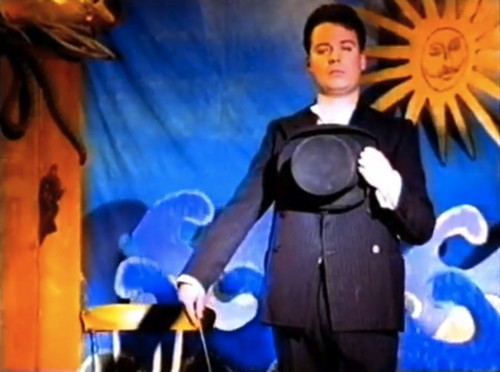
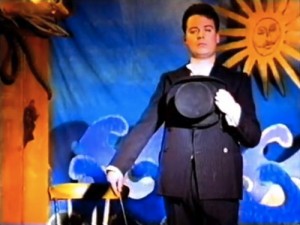 By 1996 the Chills were known as Martin Phillipps and the Chills, but like other videos from this time, the latest incarnation of the Chills are absent, with Martin Phillipps the only star of the video.
By 1996 the Chills were known as Martin Phillipps and the Chills, but like other videos from this time, the latest incarnation of the Chills are absent, with Martin Phillipps the only star of the video.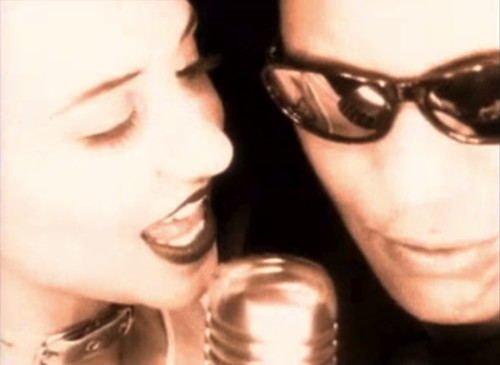
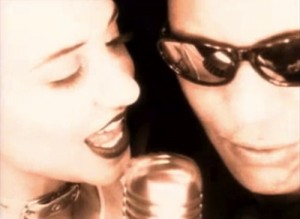 Ngaire’s fourth (and possibly last NZ On Air-funded single) is a duet. She teams up with D, aka Dave Letoa, a member of her live band. It’s an unusual pairing. Ngaire is very glamorous in the video, but we don’t see her until 30 seconds into the song. Instead it kicks off with D, who isn’t much of a pop star.
Ngaire’s fourth (and possibly last NZ On Air-funded single) is a duet. She teams up with D, aka Dave Letoa, a member of her live band. It’s an unusual pairing. Ngaire is very glamorous in the video, but we don’t see her until 30 seconds into the song. Instead it kicks off with D, who isn’t much of a pop star.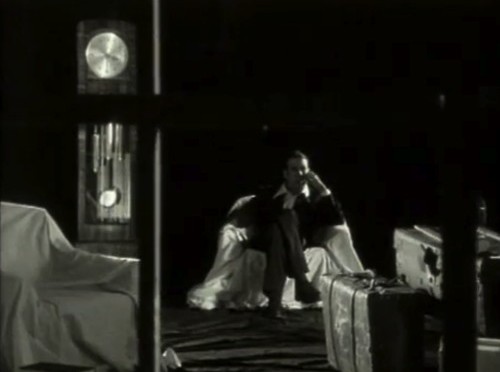
 Lodger was a side project by Damon Newton of the Dead Flowers – especially a one-man band, from what I can tell. And the dramatic waltz “Forever” has a similar sound to the slower, more ballady numbers that the Flowers did.
Lodger was a side project by Damon Newton of the Dead Flowers – especially a one-man band, from what I can tell. And the dramatic waltz “Forever” has a similar sound to the slower, more ballady numbers that the Flowers did.
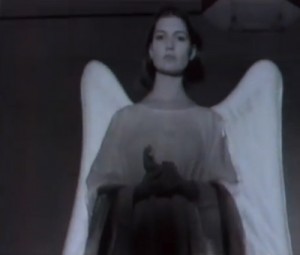 Semi Lemon Kola had perfected the contemporary grunge rock sound of the mid-’90s. “Otherwise” absolutely sounds like an artefact of this era and even though I don’t think I’ve heard the song before, it takes me back to this era.
Semi Lemon Kola had perfected the contemporary grunge rock sound of the mid-’90s. “Otherwise” absolutely sounds like an artefact of this era and even though I don’t think I’ve heard the song before, it takes me back to this era.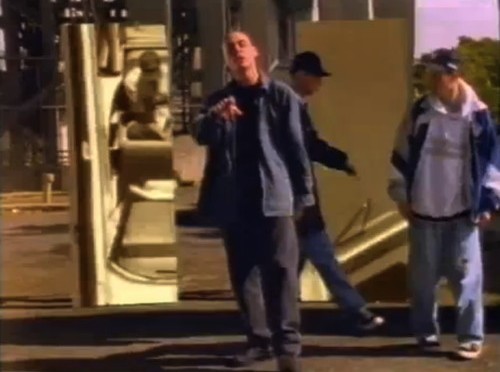
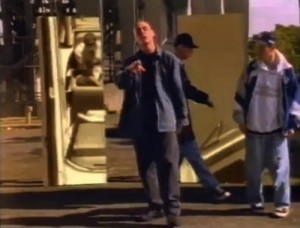 Over at the Ngā Taonga Sound & Vision, this video is ominously described as “LA style, basketball, moving images of cars etc projected in background”. The video does have a bit of a West Coast flavour, but there’s no mistaking its Auckland location.
Over at the Ngā Taonga Sound & Vision, this video is ominously described as “LA style, basketball, moving images of cars etc projected in background”. The video does have a bit of a West Coast flavour, but there’s no mistaking its Auckland location.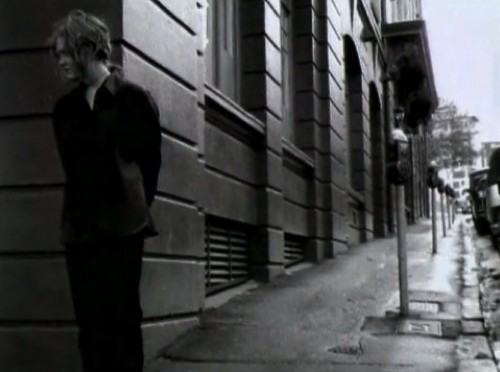
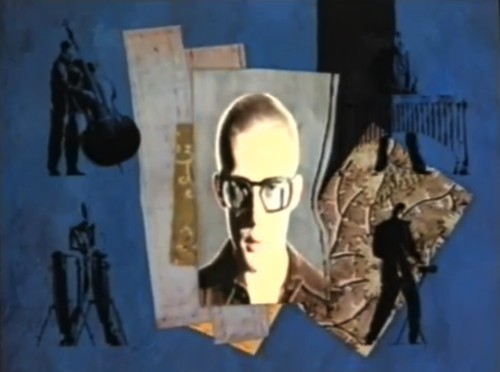
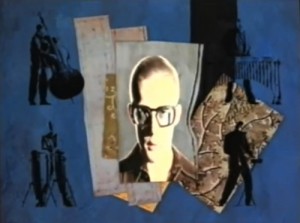 Aw yeah. “Lady J” is a very cool song and the video is the dopeness. Compared to the more polite
Aw yeah. “Lady J” is a very cool song and the video is the dopeness. Compared to the more polite 
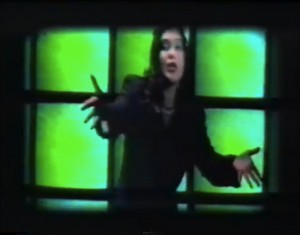 Wikipedia lists 20 artists who’ve covered “Under the Milky Way”. But you know who got their first? Strawpeople, that’s who. Go, New Zealand!
Wikipedia lists 20 artists who’ve covered “Under the Milky Way”. But you know who got their first? Strawpeople, that’s who. Go, New Zealand!